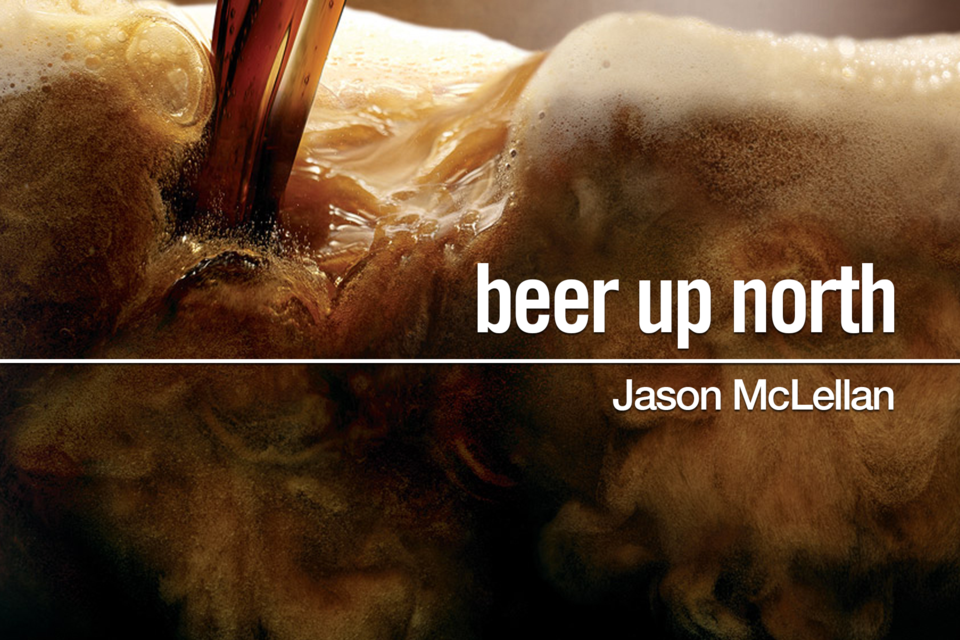Czech brewery Budějovický Budvar (from this point on referred to as Budweiser Budvar) produces a variation of Pilsner that they vigorously defend as being the authentic Budweiser, a reasonable assertion considering their beer is brewed in the Czech town of Budweis (a German translation of České Budějovice), where lager has been brewed since the 13th century, and has apparently carried the moniker of the ‘Beer of Kings’ since the 16th century.
Interestingly, the origin of Budweiser in North America is directly linked to its traditional European counterpart. In 1861, a German-American immigrant named Adolphus Busch married into the family of Eberhard Anheuser.
Anheuser had purchased a brewery that had been on the brink of bankruptcy and employed Busch as a sales agent; by 1869, Busch had a significant stake in the brewery and was company secretary.
In the mid-1870’s, Busch toured Europe to learn about new brewing methods. Inspired by the Pilsners he experienced in Bohemia (an historic kingdom to which Budweis belonged, now part of the Czech Republic), Busch began brewing a beer he called Budweiser, the ‘King of Beers’, upon his return to America.
At the onset of Budweiser being made and marketed in America, there doesn’t seem to have been much of a problem between Anheuser-Busch and Budweiser Budvar.
In the late-1800’s, it wasn’t easy to ship and market beer across the ocean and it seems that a friendly agreement existed where the two breweries would respect the boundaries of their traditional markets rather than engage in trademark disputes. As markets grew to transcend continental divides, however, conflicts began to flare up between the two companies.
Today, Budweiser Budvar holds many rights to the trademark of Budweiser in Europe, where Anheuser-Busch most commonly calls their product Bud. In other jurisdictions where Anheuser-Busch has won trademark rights, Budweiser Budvar has changed the name of their product; here in Canada, it goes by the name of Czechvar.
Thoroughly captivated by this history, it understandably befell me to conduct a taste comparison of the two Budweisers, assuredly only to comprehend the matter as deeply as possible to enhance your literary experience.
To facilitate, I turned my back and had my wife pour a glass of each for me; immediately upon looking at the two glasses, I was able to tell which was the American Budweiser based on the lighter colour, probably owing to the use of rice in the beer’s sugar base.
Taste-wise, I really picked up on the malt-base of both; I found the Czech brew had a more complex sweetness and was a little heavier on the palate, probably once again owing to the use of rice in the American version. Michael Jackson, the famous British beer-writer, notes that the yeast Anheuser-Busch uses results in a bit of an apple taste in their brew; near the end, I began to pick out subtle flavour notes in the American Budweiser that I’ve noticed in common hard apple cider.
As for the bitterness from the hops, it was mild in either beer; but, when I concentrated it manifested itself in both as something comparable to grass (maybe?), a taste that I found to not pair well with the beers’ sweetness; this is probably why I don’t particularly enjoy Pilsner, even though many enjoy it thoroughly.
In any case, I hope the next time you crack a Budweiser, you do so with a greater understanding of the universe.
If you want to recreate this tasting, I picked up a single can of each beer at the LCBO for $5 and change. If you want to enhance your understanding of beer styles, be sure to pick up a copy of Michael Jackson’s indispensable Beer Companion.
Until next week and cheers to beers!
Jason McLellan is a self-professed beer geek. He wants the world to know he's damn proud of his Northern Ontario roots, even though he couldn't catch a fish if one jumped in the boat. His columns run Wednesdays at 12:00 p.m. Find him on Facebook: Jason McLellan with the Beer Up North banner.
